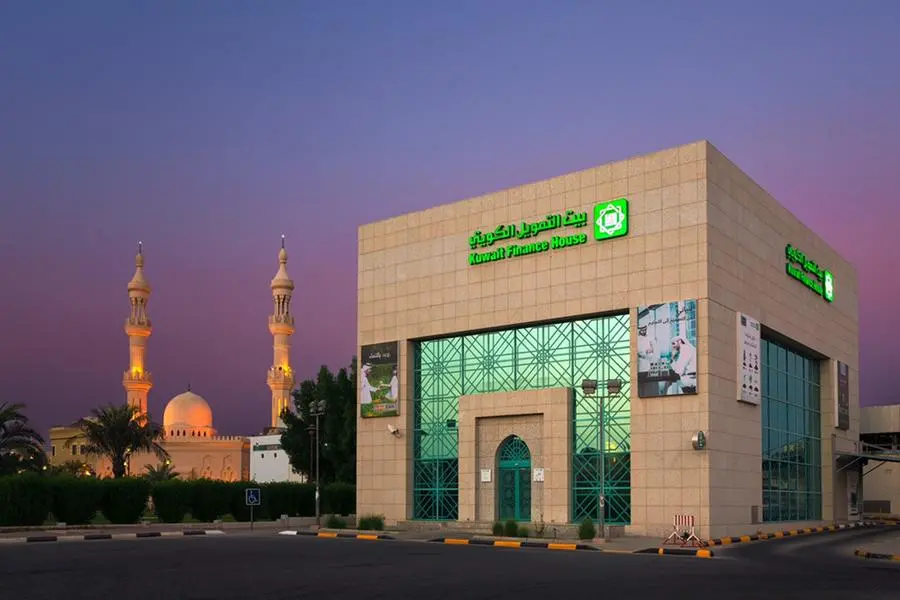Vision screening programme offered to schools in Dubai
9 July 2008 (Dubai, UAE): According to ophthalmologists, around one quarter of school-age children have some form of vision problem, such as short sightedness, astigmatism, cataracts, colour blindness, lazy eye or genetic diseases. Many of these problems begin well before school age and can go undetected, and so screening at an early age is an important part of the prevention, detection, diagnosis and treatment process.
Whilst there is no formal screening programme in the Emirate, a vision screening initiative for children attending schools in Dubai is playing a vital role in helping to identify vision problems at an early stage; left undetected, they could lead to more serious health and development problems for the child in the future. This was the conclusion based on the findings of the first 'Vision Screening Initiative for Schools' which was organised by Moorfields Eye Hospital Dubai.
The first vision screening programme was launched in 2007 with JESS (Jumeirah English Speaking School) and is now being offered to a wider group of private schools in Dubai for the start of the next academic year.
In the first programme, Moorfields Eye Hospital Dubai examined over 100 pupils in years I and 2 (aged 5-7 years) and discovered visual problems in 1 out of 8 students. Of these, almost all were previously undiagnosed. Based on its experience and feedback from parents, JESS is considering offering screening to a wider age group of students, in the next academic year.
Dr Chris Canning, Medical Director at Moorfields Eye Hospital Dubai said: "Our findings from the first screening programme in Dubai are in line with what has been found in many parts of the world. Screening children is very important and around 1 in 8 school children will have some form of vision problem. Vision screening is able to pick up many, but not all, eye problems - it is not a substitute for a full eye examination - and it complements and extends the testing work of the schools' own medical teams. Where problems are found, we advise parents on the nature of the problem and will recommend a comprehensive examination in an eye centre.
"Early diagnosis and treatment is vital as children generally respond well to treatment. Part of our role at Moorfields is to improve eye health and our screening programme is a good start - JESS led the way and we are now talking with other private schools in Dubai and hope to encourage more schools to consider the screening programme," added Dr Canning.
The vision screening initiative has a minimal disruption to the educational process of the school. A team from Moorfields Eye Hospital Dubai visits the school for one or two days to conduct a series of tests. Parents are invited to allow their children to be screened, following which a written report is sent by Moorfields to the parents (and a copy retained by the school nurse for their own records).
Moorfields Eye Hospital Dubai - school screening tests
Distance Visual Acuity is measured using an age-specific linear vision chart at a distance of 6 meters. Testing begins with large letters that should be easily visible to children, the size is then decreased at standard increments.
Stereopsis: Our eyes see two slightly different views of the world and because our visual system can fuse these two images into one this enables us to see in stereoscopic depth or 3-D. Having good stereopsis is dependent upon having two good eyes that work together, for this reason stereopsis testing provides an excellent way of detecting squints (strabismus), lazy eyes (amblyopia) and a variety of other conditions. Children are asked to identify the shapes, animals, or letters present on a random dot stereogram. The images will only be visible to those with normal stereopsis.
Eye Muscle Balance and Movement: Squint (strabismus) is a condition that occurs when one or both eyes are misaligned and the eyes do not point in the same direction. The eyes may turn inwards (crossed eyes), outwards (wall eyed), or up and down. This may be caused by a muscle imbalance or a need for glasses. More sensitive than the stereograms, cover testing or covering each eye and observing for any abnormal movement will reveal any manifest or latent tendency for the eyes to squint.
Convergence: Convergence insufficiency, or CI, is an eye muscle disorder characterized by an inability to maintain convergence of the eyes while performing near related tasks such as reading. CI is the leading cause of eye-strain, blurry vision, and double vision in children. Treatment typically involves eye exercises that can be performed at home or as in-office therapy sessions.
Retinal (red) reflex: This is the red-orange spot ("red eye") in the pupil made by the light that reflects out of the eye, it is more commonly noticed when one has taken a photograph using a camera with a built-in flash. Using a special instrument we can use this reflex to detect opacities in the visual axis, abnormalities of the back of the eye, and problems that may cause a lazy eye. The red reflex seen in each eye should be bright reddish-yellow (light gray in darkly pigmented, brown eyes) and identical in both eyes. Any asymmetry in color, brightness, or size is indicative of a problem.
-Ends-
About Moorfields Eye Hospital Dubai
Moorfields Eye Hospital Dubai (MEHD) is the first overseas branch of Moorfields Eye Hospital NHS Foundation Trust, the oldest and one of the largest centres for ophthalmic treatment, teaching and research in the world. Located at the Al Razi Medical Complex in Dubai Health Care City, the facility provides daycase surgery and outpatient diagnostic and treatment services, including emergency care, for a variety of surgical and non-surgical eye conditions. MEHD will also raise standards for research and teaching in the region through its partnership with the Harvard Medical School Dubai Center. MEHD is owned and managed by the NHS Foundation Trust, and maintains close links with London, including a telelink with sophisticated videoconferencing technology, to ensure that patients in the GCC receive the best eye care treatment in the world. For further information, please visit MEHD's website at www.moorfields.ae or call 04 429 7888.
Issued on behalf of Moorfields Eye Hospital Dubai by WPR.
Media contact:
Jonathan Walsh
WPR
Dubai
Tel: 050 4588610
Email: jon@wprme.com
© Press Release 2008



















